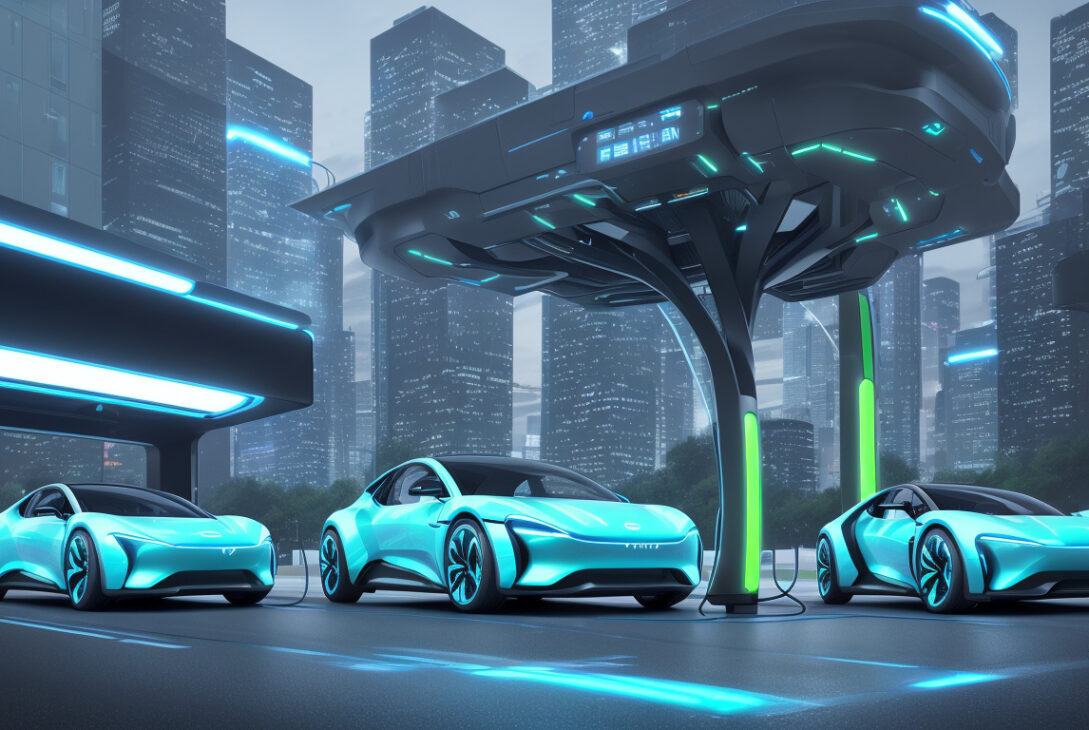Direct Grid Connection Technology Paves the Way for Faster, More Efficient Electric Vehicle Charging
September 19, 2025 — Researchers at the Indian Institute of Science (IISc), in collaboration with Delta Electronics India, have unveiled a promising new technology aimed at revolutionizing electric vehicle (EV) charging stations. This breakthrough directly addresses the increasing demand for rapid charging infrastructure needed to support widespread EV adoption.
Solving the Fast-Charging Challenge
As the popularity of electric vehicles surges globally, fast charging has become a critical challenge. Delivering power in excess of 1 megawatt (MW)—enough to supply about 1,000 homes simultaneously—is necessary to charge EVs quickly. Existing charging stations typically use bulky and costly line frequency transformers (LFTs) to adapt power from the grid. These transformers require large amounts of copper and iron and involve multiple energy conversion stages, including stepping voltage up or down and alternating current (AC) to direct current (DC) conversions. This complexity not only drives up costs but also reduces overall charging efficiency.
Innovative Multiport DC Converter Architecture
The IISc researchers have developed a novel cascaded H-bridge (CHB)-based multiport DC converter that enables EV charging stations to connect directly to medium-voltage AC (MVAC) grids, effectively bypassing large LFTs. This advancement promises to streamline power delivery by reducing conversion stages, cutting equipment size, and decreasing material usage.
Published recently in the IEEE Transactions on Industrial Electronics, the study demonstrates the converter’s potential to better meet the power requirements of fast-charging stations—an essential factor in scaling India’s EV infrastructure.
Kaushik Basu, associate professor in the Department of Electrical Engineering and the study’s corresponding author, explained, “Today’s high-power chargers are complex, with multiple conversion stages between the grid, energy storage, and the vehicle battery. Our invention simplifies this process and provides a 3–5% improvement in energy efficiency. At megawatt scale, these gains translate into substantial energy savings, cost reductions, and a smaller material footprint, making charging stations more environmentally friendly.”
Compact, Efficient, and Bidirectional
Beyond enhancing efficiency, the technology also facilitates a compact bidirectional charging hub. This setup allows the charging station to support multiple vehicles charging simultaneously while incorporating local energy storage solutions like batteries. Integration with renewable energy sources, such as solar panels, is straightforward, adding resilience and sustainability to the system.
Harisyam PV, a Ph.D. student and lead author of the paper, highlighted the benefits of moving away from transformer-based solutions: “Switching from traditional LFTs to solid-state transformers makes the system much smaller and more compact—a critical advantage as demand for EV charging grows.”
The converter’s bidirectional capability means it can not only draw power from the grid to charge vehicles but also feed stored energy back to the grid in times of peak demand or emergencies. This feature could ensure uninterrupted power supply to the charging station and potentially support critical facilities like hospitals during outages.
Prototype Success and Future Plans
The research team has already demonstrated a 1.2 kW lab-scale prototype that achieved more than 95% efficiency in supplying DC power for EV charging. Encouraged by these results, they plan to scale up the technology to handle megawatt-level power required for commercial fast-charging stations.
Looking ahead, Kaushik Basu shared, “This project supports a national effort to roll out fast EV charging infrastructure across India within the next five years. In partnership with Delta Electronics, we are establishing a 2,500-square-foot laboratory at IISc to demonstrate a megawatt-level converter. This system will be capable of simultaneously charging a 200 kW bus and a 50 kW car directly from an 11 kV grid line.”
Broader Implications
While developed for EV charging, this converter technology holds promise for other sectors requiring high-efficiency medium-voltage power conversion. Applications include next-generation data centers, wind energy systems, and railway traction, potentially opening new avenues for energy optimization and cost savings.
Reference:
Harisyam PV, et al. “Medium Voltage AC to Isolated Multiport DC Converter for Electric Vehicle Fast-Charging Stations,” IEEE Transactions on Industrial Electronics, 2025. DOI: 10.1109/TIE.2025.3589389
For more information, visit the Indian Institute of Science website.
Contact:
Indian Institute of Science, Department of Electrical Engineering
Press inquiries: info@iisc.ac.in
Note: This article is based on research reviewed and validated as per Science X editorial standards.










